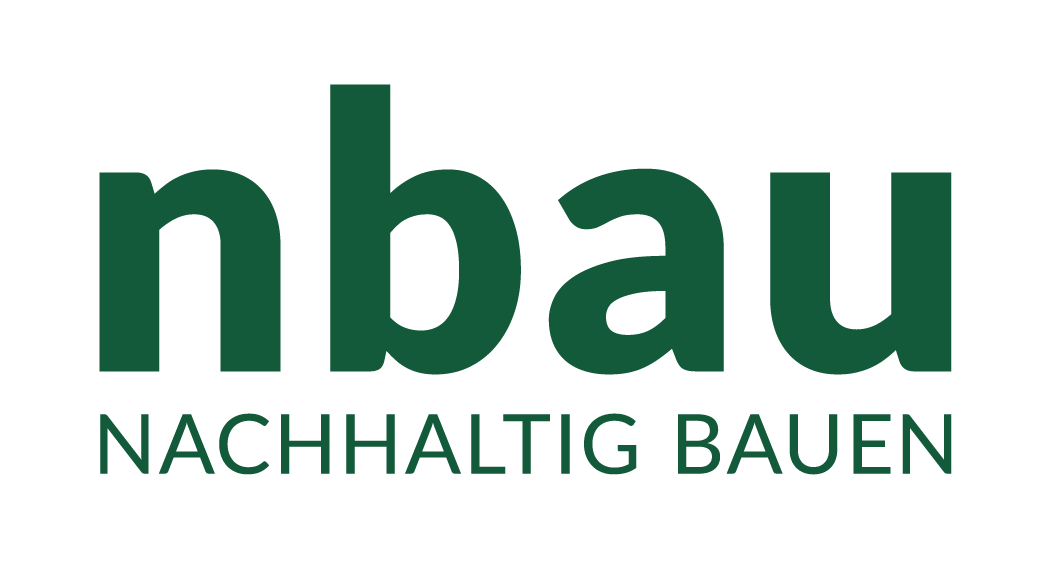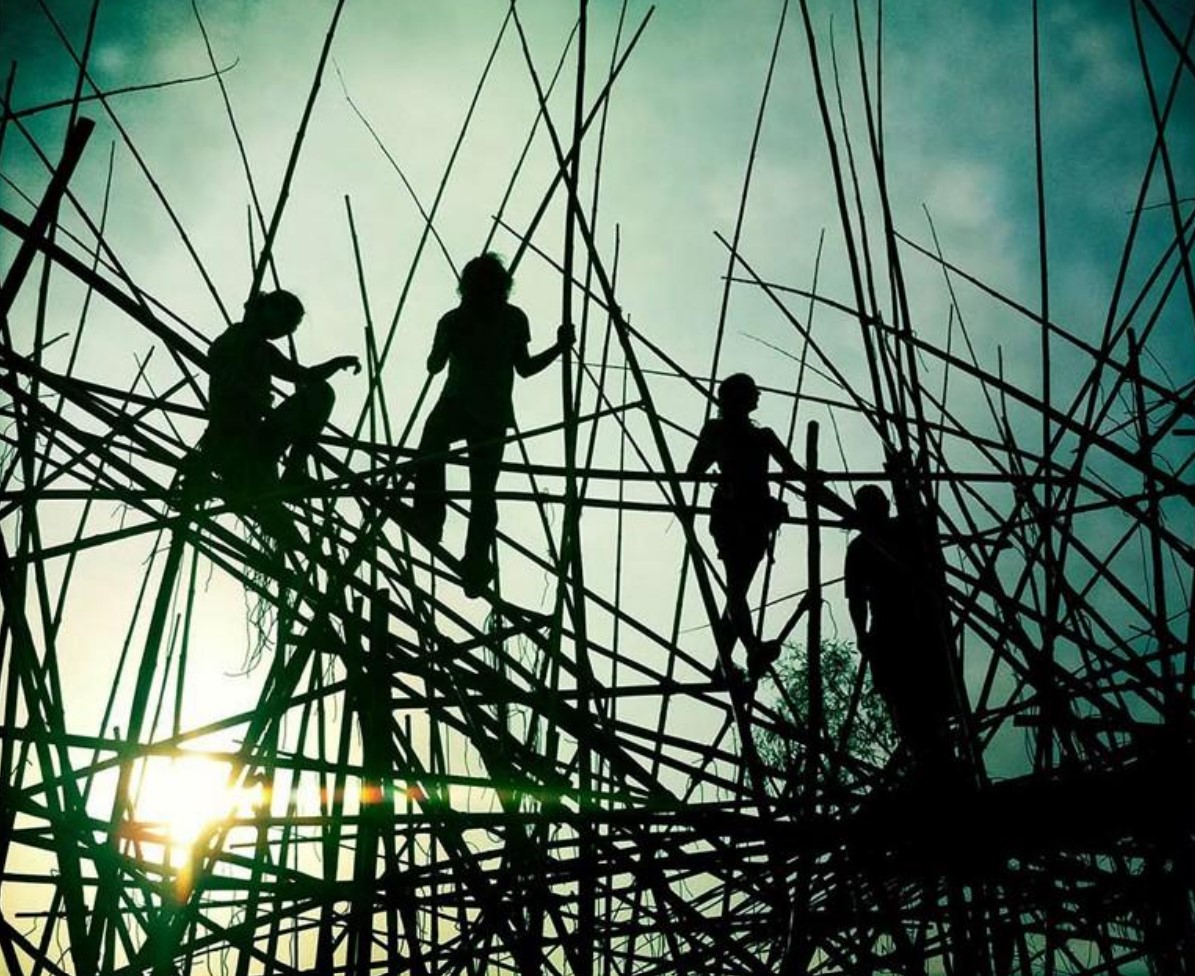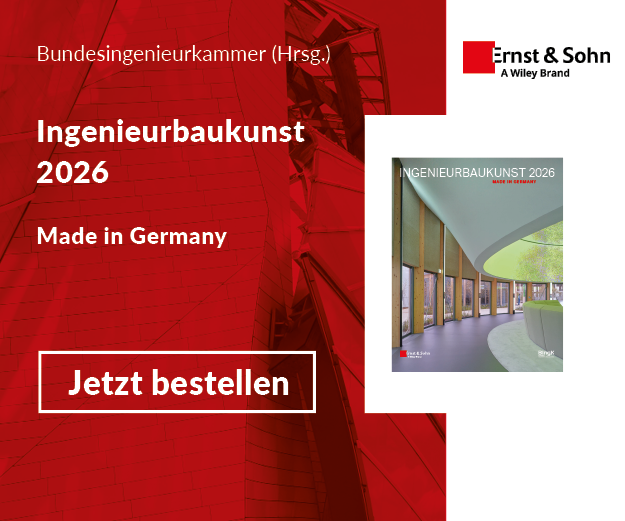Reflections on the European Bamboo Expo
The European Bamboo Expo 2025 is an international gathering held in the heart of Dortmund, bringing together bamboo professionals, researchers, and enthusiasts from around the world. The event served as a platform for exchanging ideas, showing ongoing projects, and exploring future collaborations.
Participants and format
Some participants were NGOs presenting their bamboo initiatives, primarily based outside Europe. Notably, two European producers—Bamboologic and Bio Bamboo—highlighted their farming and product innovations. There were some academic institutions showing bamboo-specific research, workshops, and machinery, and I could notice some international companies which attended in search of European investors.
The Expo format included morning and afternoon lectures, with interesting discussions held around midday. These discussions encouraged direct interaction between speakers, exhibitors, and the public, offering a dynamic and participatory experience. For me, the most valuable and enriching part of the Expo.
The energy and enthusiasm around bamboo were undeniable at the event. It brought together people who are passionate, curious, and eager to explore new possibilities with this remarkable material. Some showed a genuine desire for a better future, while others seemed more focused on presenting themselves well and making business. But at the end, I think the Expo clearly showed that Europe is still behind when it comes to the use of bamboo as a viable, ecological construction material.
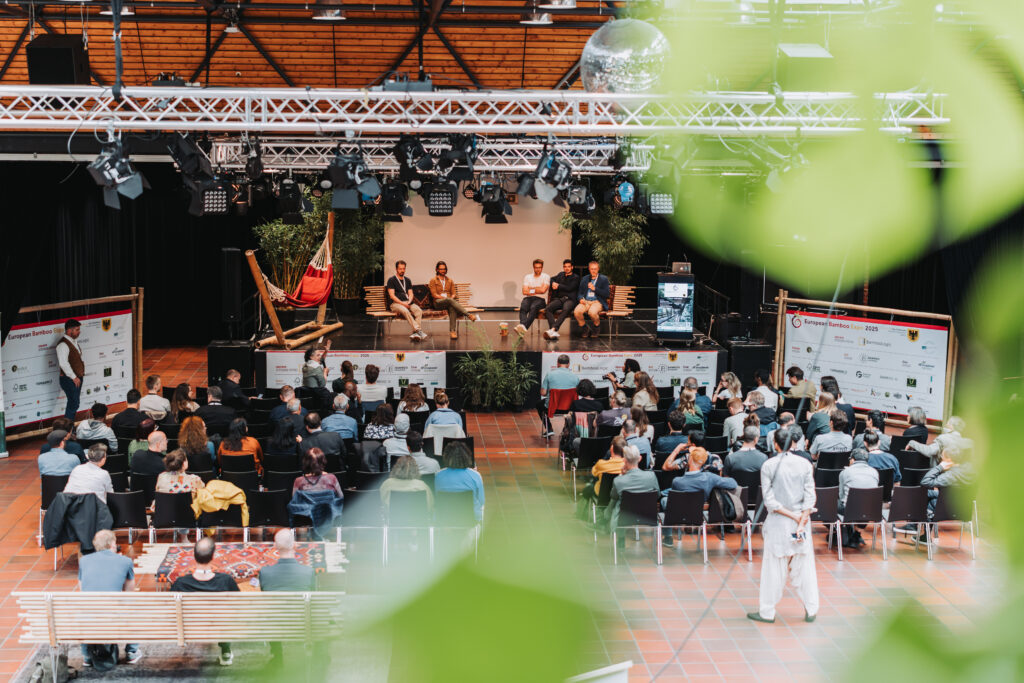
Quelle: Mert Rüttermann
Bamboo products from all around the world?
During the event, I heard producers complaining about the lack of real business opportunities and the limited presence of the industry. Companies, like Greener Future Vietnam, who seemed to come hoping for commercial deals, seemed to be left empty-handed due to the absence of an active market. On the other hand, many people aren’t interested in buying a product that’s shipped halfway across the world. Its environmental impact contradicts the idea of bamboo as a sustainable material. Despite these companies’ efforts to brand their product as eco-friendly, it simply isn’t – if it depends on long-distance transportation.
Bamboo production in Europe
Apparently in Europe, there are very few local producers and suppliers, which makes it difficult to find grown bamboo for structural purposes. There’s also some skepticism about using a material that doesn’t originate from the region, but it seems there’s a widespread image of bamboo reduced just to species like guadua or moso—large, tropical, ideal for construction—and forget that bamboo is a vast family with species that grow in all kinds of climates and tough habitats. While the human grown European species may not be as big or strong, they share similar structural properties and can be used in other ways—like in laminates, thermal insulation, or adapted to new building techniques. Letting go of the idea that bamboo can’t grow in Europe would open up a lot of possibilities.
In fact, it’s already growing here. I’ve personally worked with bamboo up to 15 cm in diameter grown in Portugal, used for temporary structures at the Afro Nation music festival. But when I’ve asked where it came from, I couldn’t get a clear answer—because those who manage to find a farmer with a nice, mature and healthy bamboo forest willing to sell, keep it as a secret. The supply is limited and demand is high, so their supplier could be taken from them. Some bamboo is grown by small farmers who haven’t thought about selling wholesale or don’t yet realize the value of what they’re cultivating.
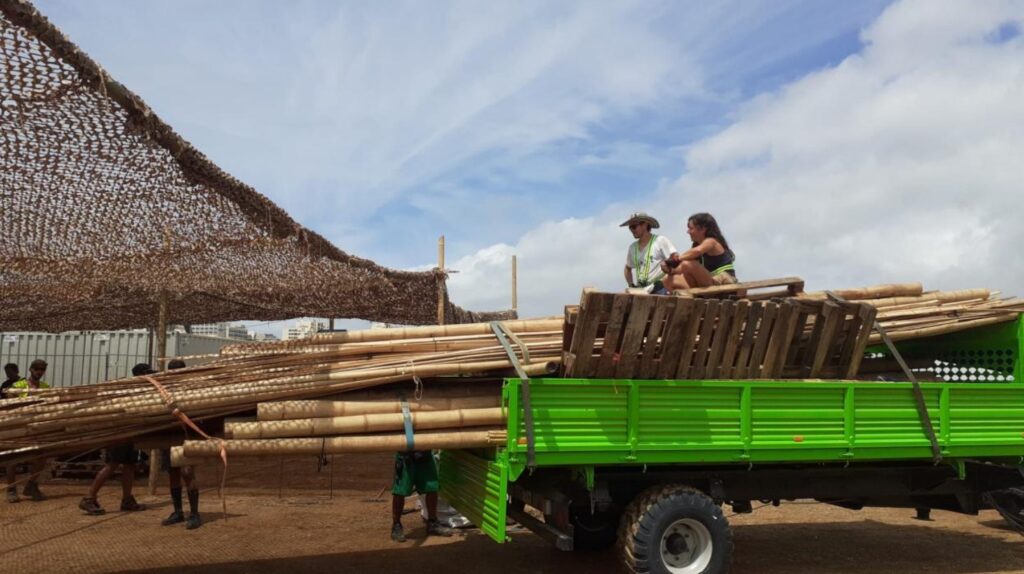
Quelle: Juan David Orjuela
The future of bamboo in Europe
On the other side the absence of political or institutional representatives was also very noticeable at the Expo. Specific support from the government is essential, if bamboo is to realistically and structurally become part of the European construction. Without that support, good intentions remain just that— good intentions.
Bamboo could follow a path similar to other sustainable materials like rammed earth. That material also faced many problems before getting its first norms, but today countries like Germany, Switzerland, and Austria—despite having strict building codes—have some of the most iconic modern buildings made of earth and are already developing formal guidelines for its use.
Moving on with fresh ideas
I also think bamboo architecture got stuck in time, since the last 13 years that I’ve been living in Europe I feel it keeps revolving around and venerating the same people: Jörg Stamm, Simón Vélez, Bamboo U and so on. I believe this perspective needs to reinvent itself. There are already new ideas out there, like Canyaviva techniques that combine thinner elements to create stronger structures, or the architecture of Vo Trong Nghia, which blends tropical design with Japanese precision. These approaches, for example, could give more importance to smaller-diameter species and expand the possibilities for bamboo in construction.
There is need of pressure to move forward— so that these events don’t remain just nice gatherings with good intentions. Working with natural materials can feel like swimming against the current, but that’s the challenge nowadays, if we want to revalue the way how we live today. The potential for bamboo in Europe is there. Europe just needs to start identifying with it and be willing to develop it.
European Bamboo Expo
https://europeanbambooexpo.eu/
